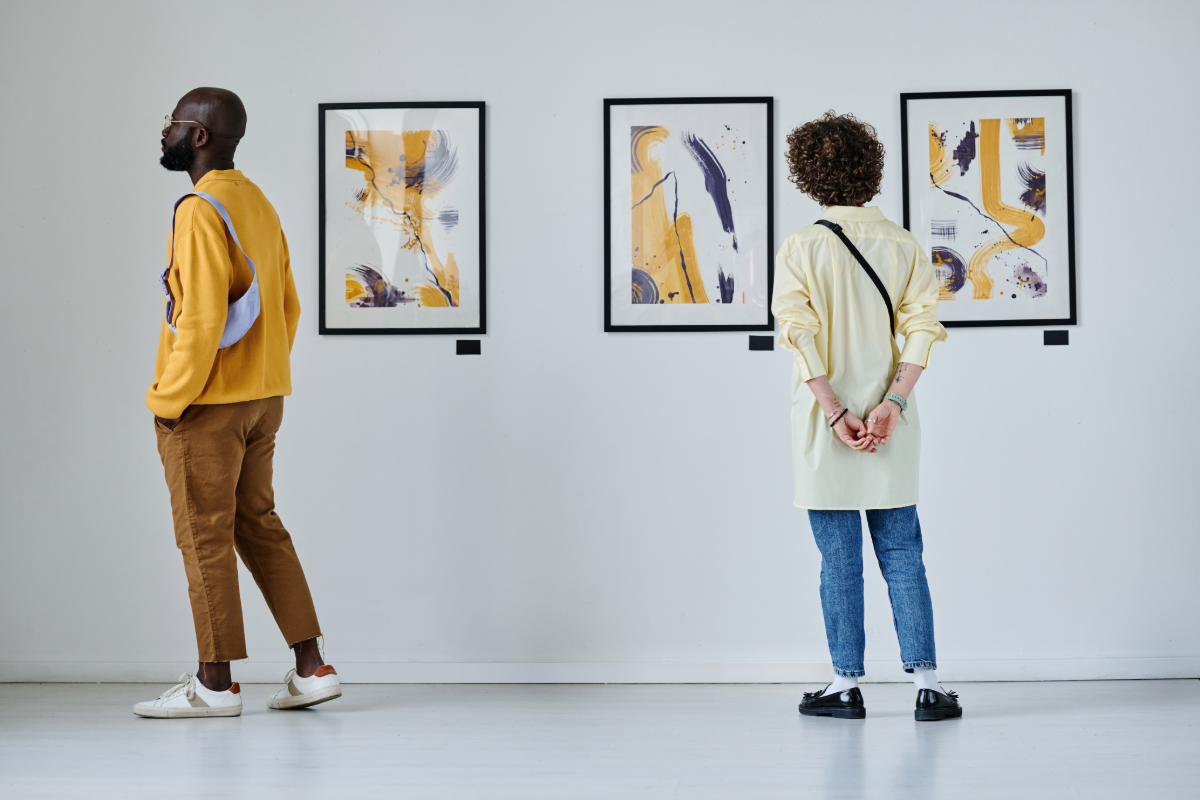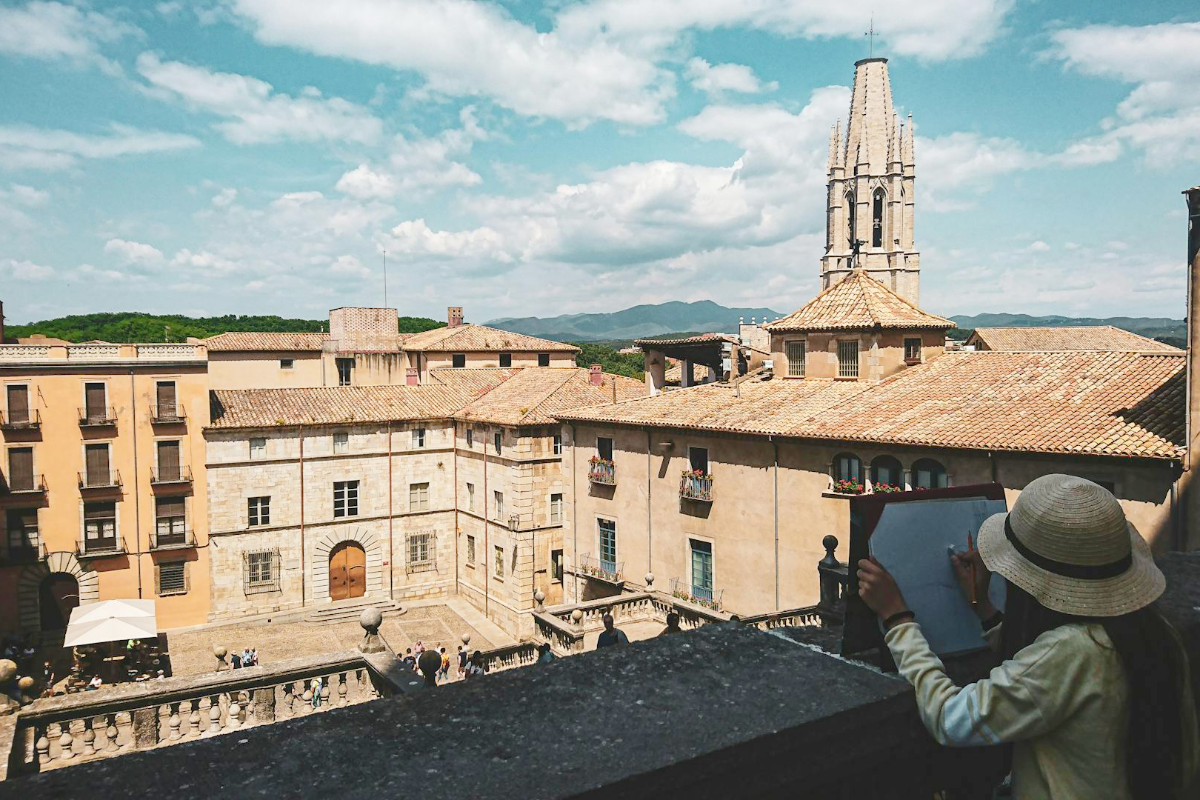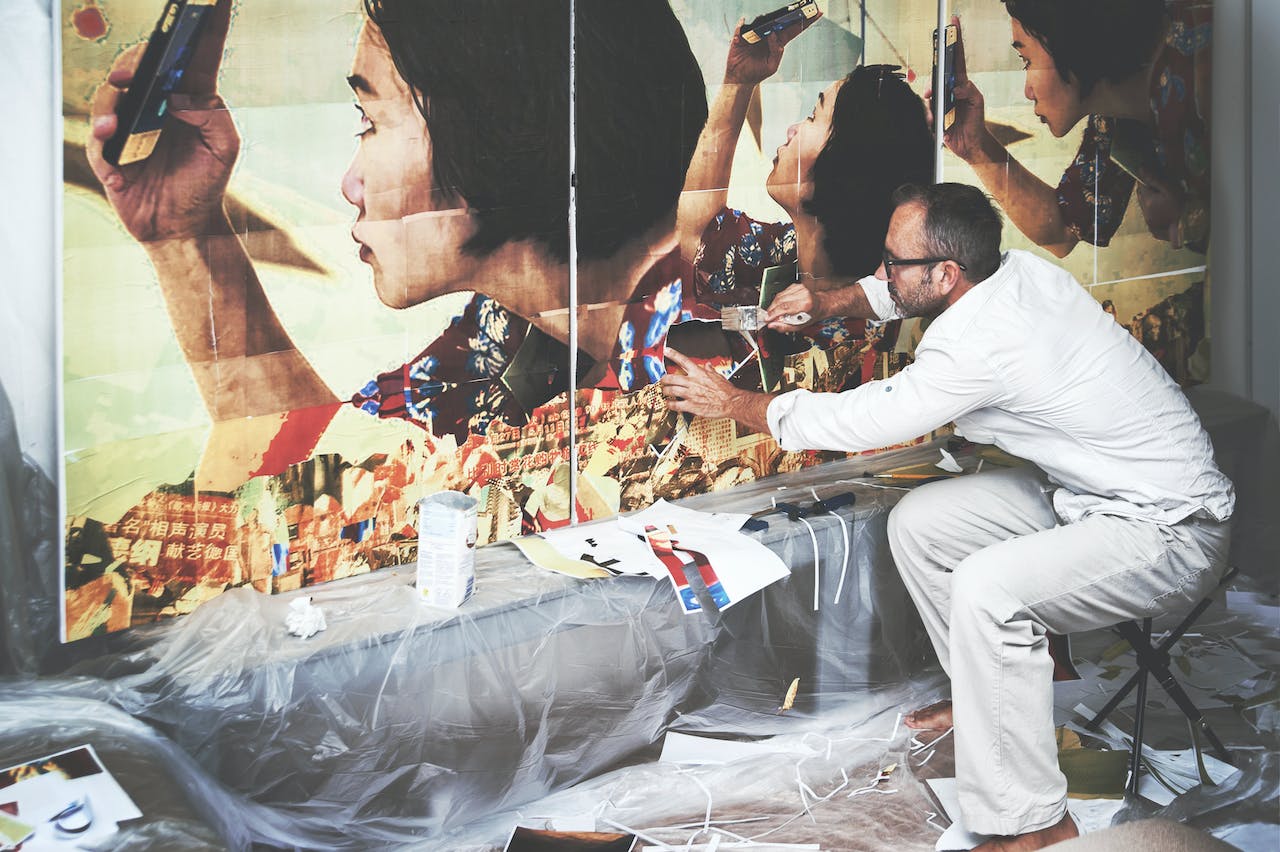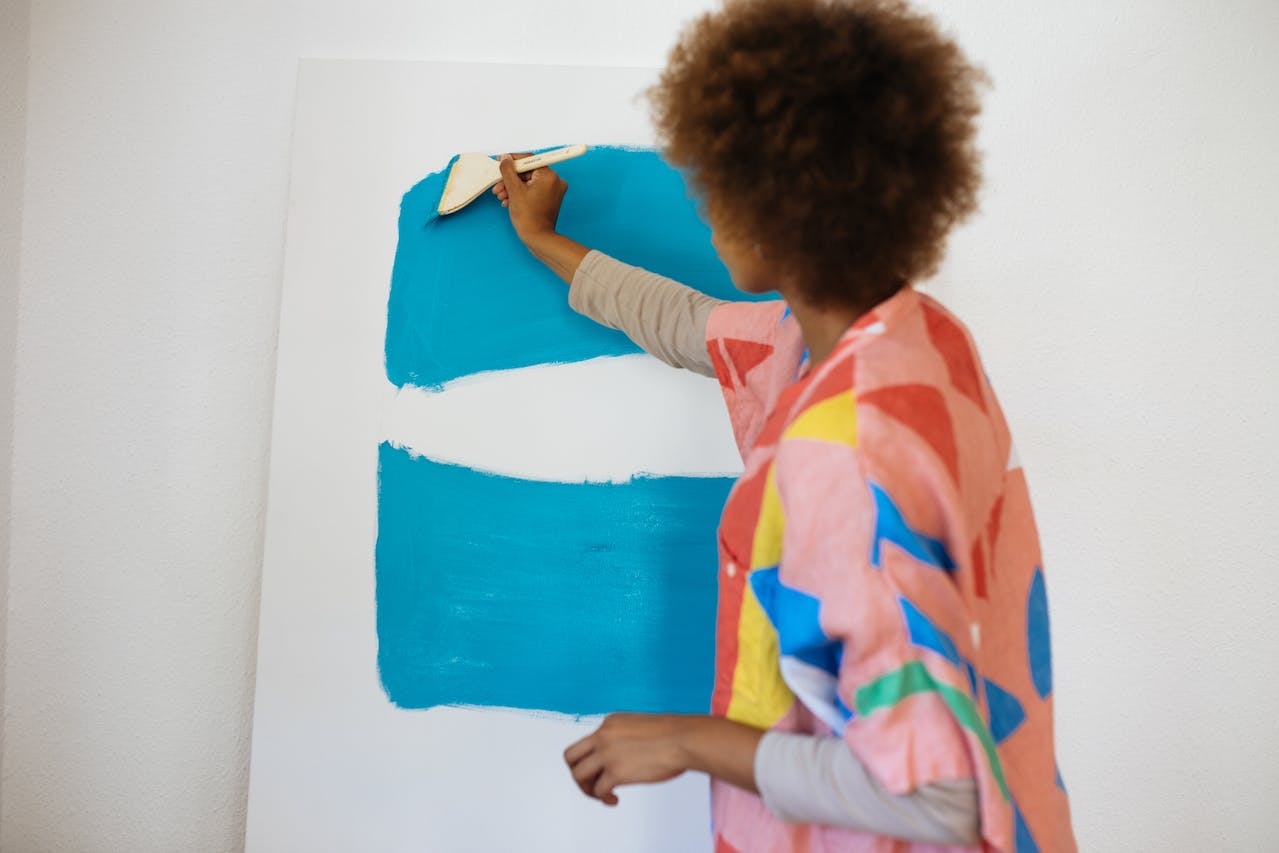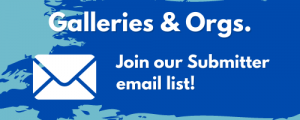How to Write an Artist Statement That Stands Out
An artist statement is a written piece that helps you communicate the core of your work, your creative vision, and your artistic process to others. Writing such a critical piece of text can be intimidating, but remember that it’s not a definitive statement for all your artwork forever. The artist statement you write today may capture the essence of your creative practice now, but it may not be the same in the future. Moreover, your statement will vary slightly depending on the specific circumstances. Whether you’re seeking grants, exhibitions, residencies, or other creative opportunities, a well-crafted statement allows you to communicate your work with clarity and precision.
In this guide, we will delve into what an artist’s statement is and how to create a clear, concise, and compelling statement that accurately reflects your unique voice and style.
So, let’s dive in and discover how to write an effective artist statement that will leave a lasting impression on your audience.
What is an Artist Statement?
An artist statement is a written piece that helps your audience understand your creative work. It can be considered the “cover letter” of the art world because it describes what you create, why you create it, and how you do it. Your artist statement should be written in the first person and represent your unique artistic voice.
Unlike an artist biography, which is a general overview of your professional background, an artist statement focuses on your artistic process, the concepts behind your work, and the techniques you use to create your art. By crafting an effective artist statement, you can communicate your artistic vision and creative process, allowing your audience to appreciate and connect with your work on a deeper level.
An artist statement serves various purposes, including informing visitors and curators about your work in exhibitions, helping grant selection committees understand the significance of your work, providing insight into your creative process when applying for residencies, or demonstrating the relevance of your work when using it for open calls-for-entry.
Additionally, you’ll want to post your artist statement on your website or online portfolio to give your audience a better understanding of your work.
How to Write an Artist Statement
Writing an artist statement can be a challenging task, but it’s a crucial component of an artist’s career. A well-crafted statement can help an artist stand out from the competition and communicate their unique perspective, creative process, and vision to potential collaborators and audiences.
Here are some tips on how to write an effective artist statement:
1. Spend Time Reflecting
To write a powerful artist statement, it’s essential to describe your work and what it means, incorporate your personality, and find your voice. Try setting up in your studio or somewhere quiet where you can focus and get creative. If you need help getting inspired, try listening to your go-to music playlist, reading quotes from famous artists, or admiring your own portfolio.
2. Map Out Your Ideas
Before diving into writing, start by mapping out your ideas on paper (or screen.) Jot down anything that comes to mind about your work, considering questions such as who your audience is, who your influences are, and how your materials inform your concept. Brainstorm specific content that will help your audience understand your work better.
3. Write Down the Essentials
Your artist statement should focus on your work and the ideas behind it, describing your creative process, the materials you use, and the techniques you employ. It should also explain the concepts and themes that inspire your work and the message you want to convey to your audience. Make a list of essential details; these will become the foundation of your statement. Incorporate your ideas and focus on being concise.
How Long Are Artist Statements?
Artist statements can range from a few sentences to a full page or more. If you’re crafting an artist statement for a specific application, make sure to find out the requirements before you start writing. Generally, you’ll want to keep your statement to around 200 words.
4. Edit, Revise, Ask for Feedback, and Repeat
Editing and revising your artist statement takes time and effort, so don’t expect to write a perfect statement on the first draft. Keep the latest version of your artist statement on hand so you can easily update it as your work and your voice as an artist evolve. Ask someone who knows your work well to take a look at your statement and provide constructive criticism. This feedback can help isolate the parts of your statement that are working and those that aren’t.
Mastering the Art of Writing an Artist Statement
Writing an artist statement can be a daunting task, especially for artists who struggle to express their visual work in words. However, it can also be a rewarding and inspirational exercise that unlocks new creative possibilities. By articulating their ideas in words rather than their usual medium, artists can gain new insights into their practice. Whether you’re just starting or refining your existing statement, crafting a well-written artist statement can advance your career by communicating your unique perspective and creative vision.
Remember that your artist statement should reflect your voice and connect with your audience on a deeper level. It’s an opportunity to communicate your artistic vision and connect with potential collaborators and audiences. Best of luck creating your artist statement, and we hope this article is helpful on your journey.
Register for free on TheArtlist.com and start searching for income and exhibition opportunities today! Have questions about applying to open calls? Contact us; we’re here to help!


